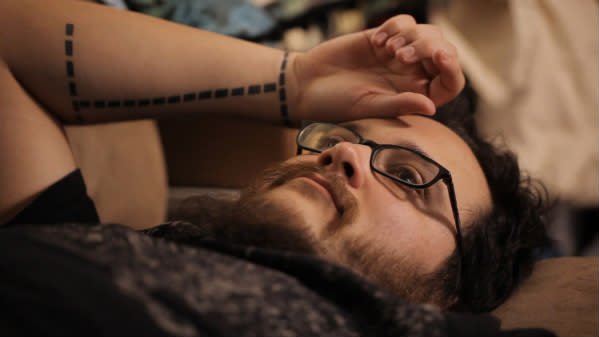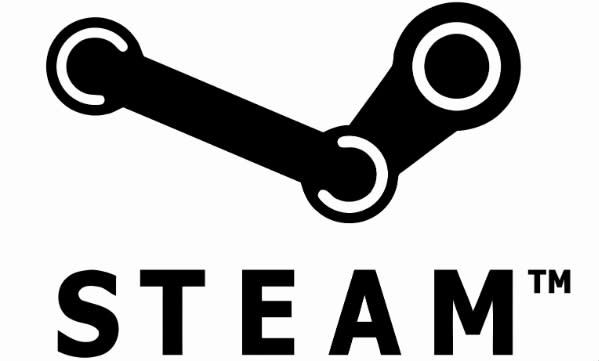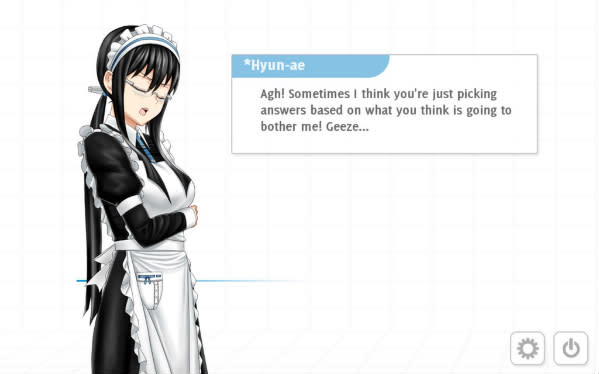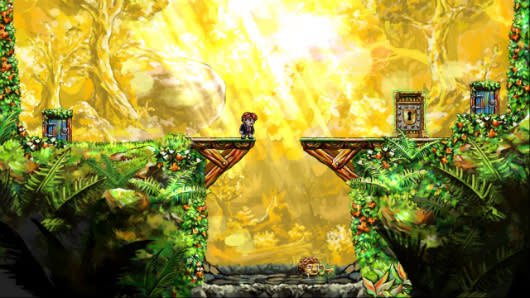The floating, fragile indie bubble
Days after Braid hit Xbox Live Arcade in 2008, we posted a story titled "Why should we care about Braid?" We liked the game and felt the need to explain: It was a simple platformer made by a handful of people, it was pretty and it had solid controls. This wasn't a review of Braid. It was a defense of the emerging indie industry, and an analysis of why a truly good, independent game deserved adulation, because some of our readers were uneasy accepting them as legitimate products.
Now, we're writing about Sony dedicating a large chunk of its E3 2013 press conference – the one just prior to the launch of the PS4 – to indie developers. We're writing about Indie Megabooth being the largest display at PAX. We're writing about Vlambeer, Klei, Hello Games, Dennaton, Fullbright, Polytron, Chris Hecker and Team Meat without having to remind readers who they are or why they matter.
We're writing about Flappy Bird. We're not just writing about the existence of Flappy Bird – a free, tap-to-fly, pixelated mobile game from a young developer in Vietnam – we're writing about Flappy Bird spawning game jams and knock-offs from Fall Out Boy.
"The biggest change now is that it is so much easier to make games and it is so much easier to find an audience for games," Braid creator Jonathan Blow tells me. "This means a lot more people can build games and make a living off it, which is nice. However, it also means there is not so much of a crucible against which people refine their skills, so if one really wants to become a top game developer, a lot of motivation is required above and beyond that which gets one to 'baseline success.'"
The current indie scene is as new for the people making games as it is for the audience. Indie developers don't have trained PR teams to guide them through the drama; many don't know that the press and public will take their tweets seriously; some of them aren't even sure what an embargo is. They receive death threats and then react like candid humans when the audience expects them to behave like detached professionals.
"I hope independent developers will realize that our identities are going to change," Threes co-creator Greg Wohlwend says. "Instead of the kid in her bedroom coding away, we're now leaders whether we want to be or not. I think that became clear as soon as Minecraft hit its stride. What once was a thread on TIGSource became a moment in games akin to the release of Doom. There is before and after Minecraft and it's changed things. In a lot of ways it has helped indies, but it also means we're seen differently. Our games can sometimes be absurdly popular but what are we going to do with that? I hope we can remember where we came from and how we got here so we don't throw up the same walls that kept us out in the first place."

Thanks to Twitter and an emphasis on developer accessibility via blogs, vlogs, email and social networking, the public perception of indie has changed – but so have indies themselves. Peer-to-peer relationships within the industry have been affected by the rising popularity of indie games. Edmund McMillen, one half of Team Meat, saw a double-whammy of success with Super Meat Boy in 2010 and Indie Game: The Movie in 2012.
On Tumblr in January, McMillen fielded a question about why he was disenchanted with the current indie scene:
"I feel it's lost sight on what its foundation was – just making games the mainstream isn't able to make due to risks – and become a social scene that's become split into even smaller scenes that all think they are right and everyone else is wrong. Things used to feel united but now it feels very segregated, everyone is hating on everyone else, it's just become a very tired, old high school experience all over again, I don't fit in and not sure I want to."
The recent rise of indie isn't all doom and gloom. New tools make it easier for novice developers to enter the industry of their dreams, meaning we get a broader spectrum of ideas, perspectives and mechanics. Wohlwend says it's "absolutely wonderful."
"More and more indies are born every day because of the democratization of tools and resources, the connectivity of the internet, and the scene's penchant for simply helping others out."
Many developers echo the sentiment that more indie is better – but too much can be just as problematic as too little. The App Store stands as a clear example of market saturation: It was hit hard by developers and players in 2008, but that gold rush ran dry after a few years. Now, the App Store is so crowded that successfully launching an iOS game is as much luck as it is marketing.
The same process might be taking place on Steam, Blow says.
As one of the developers responsible for the current state of the industry, Blow describes the indie scene in a series of perspective shifts, all leading to potential overpopulation on Steam: In the early 2000s, developers realized there was a market for casual PC games; in 2008, indies started to succeed on consoles and audiences flocked to the App Store.
"And it shifted again sometime like 2011-2012, when the iOS App Store became so crowded as to alter the dynamics so that it's very difficult to become noticed as someone without a track record or a lot of marketing money to spend (the same thing may be happening to Steam right now)," he says.
Players love Steam sales and the recent "pay what you want" game deals hosted by sites such as Humble Bundle – but for developers, these can be a hardship made necessary by overpopulation in the industry. Retro City Rampage creator Brian Provinciano explains:
"The big challenge we now face is saturation, quality and protecting platforms from the race to the bottom, which happened to mobile. It's been a bit concerning to see that this most recent Steam Holiday Sale saw developers doing deeper discounts than last year, no doubt in an effort to try and rise in the charts against the ever-increasing competition. However, it's a very slippery slope, and if this continues, it will once again become less viable to be indie."

Provinciano, like many other indie developers, entered the gaming industry developing for established studios, at a time when going indie was a huge gamble. XBLA didn't exist and digital distribution was viable only for a handful of PC developers.
"Back then, there was always that one person at the studio who would get the drive to risk it all and go indie," he says. "The odds were so stacked against you that the general reaction from peers was essentially, 'Good luck! See you back here when you need a job again.'" As digital distribution started taking off, going indie was still a mess because the platforms were used to working with publishers, not a single person. There were piles of paperwork designed to be filled out by teams of people, and it was difficult to gain a platform-holder's trust, he says:
"And as for peers, a lot of them were very patronizing, but you can't blame them. I don't have any hard feelings. The number of developers who succeeded after quitting their job to start a company was tiny."
When Blow entered the gaming industry, he too felt an imbalance.
"When I got started in games, we were 'indie' by modern standards, but there was no concept of 'indie' then," he says. "It was 1996 and we were just a small team that was competing with bigger retail game teams that had big budgets, and we thought we could do it because we were smart / blessed / etc. There were a few other people doing small independent projects, but mostly 'peers' were people working on AAA retail games."
Provinciano calls out Super Meat Boy and Braid as the first indie games to make it into mainstream players' libraries; they jumpstarted the modern indie scene. Both games launched on Microsoft's XBLA platform, but today, the indie console market has flipped: Sony leads the indie charge, making a point to highlight smaller games in its marketing material for the PS4 and Vita. Nintendo offers free Unity licenses to developers, a move that Provinciano says has improved its relationship with indies. He notes that Microsoft's ID@Xbox program is a good step, though it still faces an "uphill battle in regards to developer relations."

The jump from "What is 'indie?'" to starring roles in mainstream console pitches and potential saturation on Steam has happened within a few years, meaning developers and audience members have had to adjust quickly. The stress of rapid adaptation contributes as much to players' hostile reactions as it does to McMillen's disillusionment.
But indie is far from over. Looking to the future, overpopulation and quality assurance are concerns echoed by nearly every developer I ask, but the third, common point of contention turns those first problems on their heads – diversity. Most indie developers want to encourage a broader swathe of people making indie games, which may mean more developers in general. It doesn't address the overpopulation issue, but it's for the greater good, they seem to think.
Wohlwend says tools and resources are a great step, but indies can also be proactive about making the industry a robust, inclusive space:
"Reaching out to women and people of color is hugely important in making much better and richer games. There's a lot to be done, and I hope we are always changing toward some awesomely weird tapestry that nobody can ever pin down."
It's getting there – Christine Love entered the gaming industry by accident in 2009, when TIGSource "declared" her visual novels to be games and she ran with it. She says it was a primitive time, with limited resources for learning how to develop and sell a game.
"The whole thing felt like a giant boys' club," Love says. "To say that there wasn't much diversity would be a huge understatement. There were very few women involved, and the community that did exist felt like you needed to earn your way in. And the result was that, frankly, indie games were pretty homogeneous back then."
Now, the indie scene is different, she says:
"We've got a lot more diverse voices in indie games now, thank god. This means a lot of things to a lot of people, but to me, what excites me most is that we're now seeing a lot of respect for stories in games, and those stories are being increasingly told from perspectives that were either hugely underrepresented before, or even not at all.
"Diversity and welcoming are great goals in and of themselves, but another end result of this is that indie games are just straight up so much better than they used to be. With more people and unique voices come more ideas, and more you can learn from, and more pressure to make better work. And we do, without needing any stupid, unwelcoming boys' clubs to do so."

More diversity means more developers, which could lead to App Store-style overpopulation on Steam, PSN, Xbox Live and the eShop. This in turn may usher in a new mainstream industry. Just as AAA developers are now branching off to try their luck in the indie scene, indies may soon become the new AAA, Wohlwend warns.
"That's the trajectory we're on," he says. "AAA made a path for indies and democratized tools by hiding behind ever bigger barriers-to-entry. In college, I searched like crazy for any scrap of an internship or job that I could find making games. I made 100 copies of my own custom game-box portfolio. All the jobs and even a lot of internships mentioned I needed to have shipped three to five games before applying to their junior positions. It's those walls that drove a lot of us to just do it ourselves. And now that we have, a chunk of the AAA folks are joining us. It won't be long until we're the new industry and the cycle will start all over again."
Blow says he doesn't naturally think in terms of time as a linear phenomenon, but if he did, he'd have some wishes for the future of the indie industry:
"I'll say that I just hope that a good volume of interesting things continue to get made. I think we are in a good position for that, and I don't think we even really need good market conditions any more for that to happen. For example, I thought Starseed Pilgrim was very interesting, and more recently, the Heroes of Sokoban games were among the best games I played last year – and they were free, and they were made relatively quickly."
But he's now on the edge of the indie bubble, pressing against its sides. Love is in the thick of it.
"I want more stories," she says. "I want more people to be able to live off telling their own stories. I want more voices. I want games that pressure me to do better. I want my struggling friends to not go hungry and be able to pay their rent. I want more criticism of games. I don't care about the industry. Seriously, fuck the industry. I just care about people whose voices aren't being heard; I want us to get better, for their sake."
[Images: Number None, Blinkworks Media, Valve, Blinkworks Media, Christine Love]


